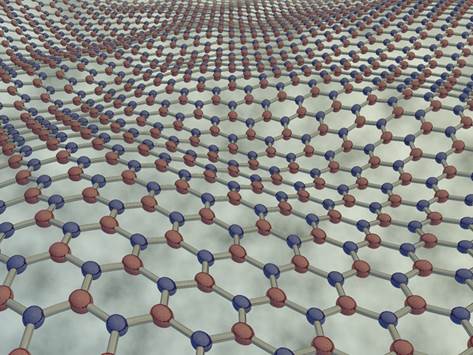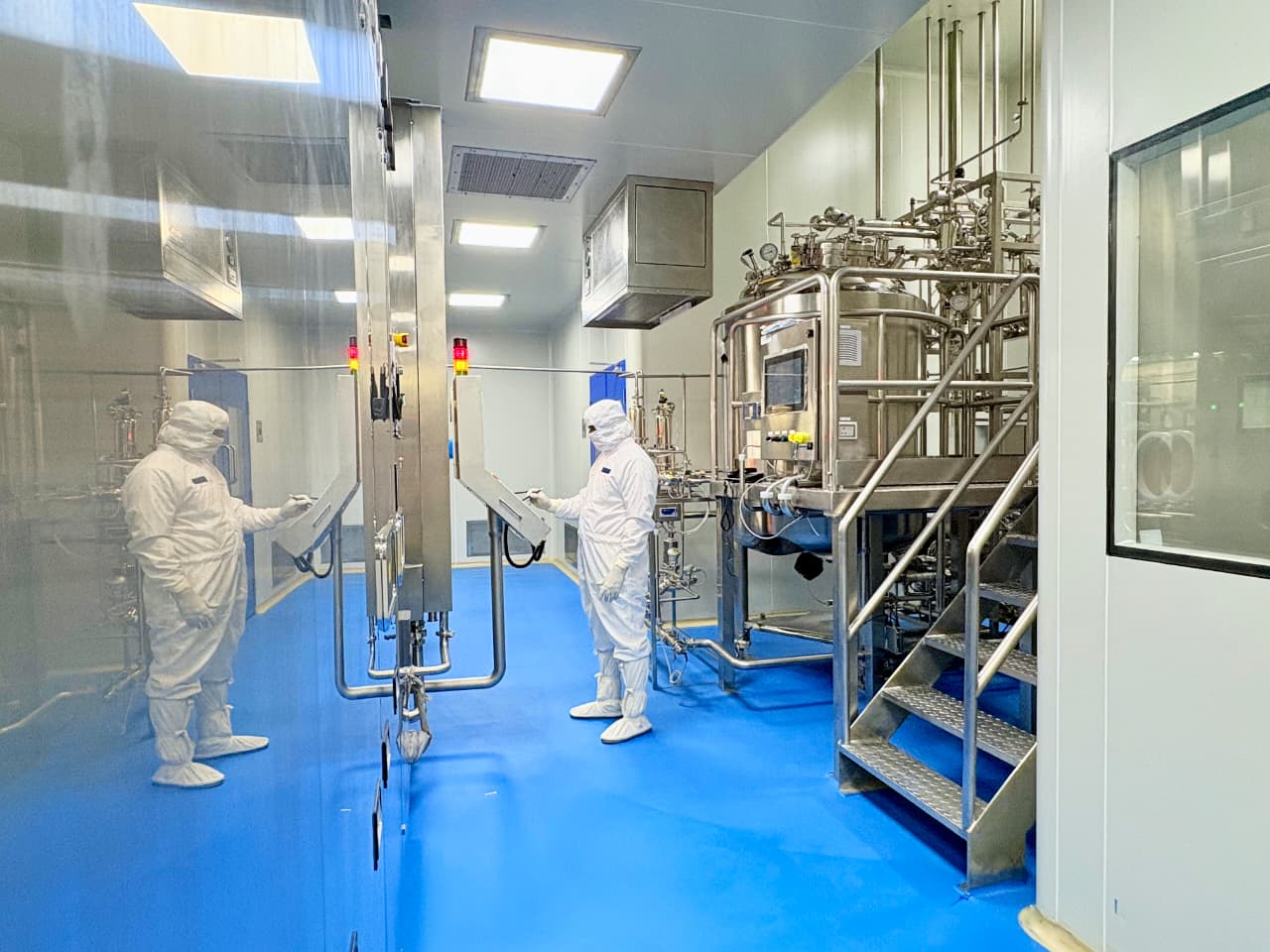Bengaluru: In a pioneering study, scientists from the Jawaharlal Nehru Centre for Advanced Scientific Research (JNCASR) have uncovered the electronic mechanisms behind a new class of materials known as incipient metals, which exhibit metavalent bonding (MVB) within a single 2D layer of Group IV chalcogenides. This breakthrough has significant implications for energy harvesting and power generation technologies.
The research, led by Professor Umesh Waghmare from the Theoretical Sciences Unit at JNCASR, offers new insights into Group IV chalcogenides—a class of compounds combining elements from Group VI and Groups III–V of the periodic table, such as PbTe, SnTe, and GeTe. These materials possess unique properties, making them ideal candidates for various technological applications.
Chalcogenides are known for their ability to transition reversibly between amorphous and crystalline phases under changes in temperature, pressure, or electrical fields. This property has practical applications in rewritable optical discs and electronic memory devices. Moreover, their high electrical conductivity and efficient conversion of thermal energy into electrical energy via the thermoelectric effect make them valuable for energy harvesting and power generation.
The study, published in Angewandte Chemie International Edition, explores the incorporation of metavalent bonding within 2D layers of Group IV chalcogenides. Supported by the J. C. Bose National Fellowship of the SERB-DST, Government of India, and JNCASR research fellowship, the study provides a first-principle theoretical analysis of the bonding nature within five different 2D lattices of these chalcogenides.
Driven by an idea from Professor C. N. R. Rao, the research aimed to decipher the electronic mechanisms governing the chemical bonding in these materials. The findings, which took nearly two years of theoretical and computational work, challenge traditional concepts of chemical bonding by highlighting the unique properties of these materials.
“These materials, termed incipient metals, possess a combination of properties that defy conventional understanding. They exhibit electrical conductivity akin to metals, high thermoelectric efficiency characteristic of semiconductors, and unusually low thermal conductivity,” explained Prof. Waghmare. “This triad of properties cannot be explained by traditional chemical bonding concepts.”
The groundbreaking aspect of this research lies in the elucidation of metavalent bonding, an innovative concept proposed by Matthias Wuttig in 2018. Metavalent bonding combines features of both metallic and covalent bonding, offering a fresh perspective on the enigmatic behavior of these materials.
The theoretical work by Prof. Waghmare and his team has significant implications across various industries. Group IV chalcogenides are already used in computer flash memories, leveraging their ability to change optical properties during phase transitions. Additionally, these materials hold potential for energy storage applications, particularly as phase change materials, paving the way for more sustainable and efficient energy solutions.
The research also connects with the emerging field of quantum materials, aligning with the goals of India’s national mission on quantum technology. These materials, with their distinct electronic structures and properties, serve as a prototypical example of quantum topological materials, essential for advancing quantum technologies.
Published in two papers—one focusing on three-dimensional materials and another on metavalent bonding in two-dimensional materials—this research marks a significant leap forward in understanding the chemistry of quantum materials. “Normal chemical bonding doesn’t explain the unique nature of these materials. We’ve uncovered the chemistry of quantum materials that opens new avenues for exploration,” stated Prof. Waghmare.





